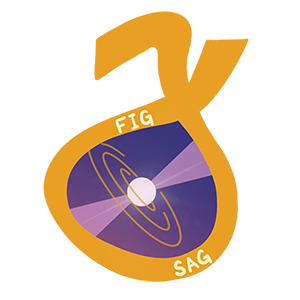Due to the lapse in federal government funding, NASA is not updating this website. We sincerely regret this inconvenience.

This group’s activity will focus on identifying future science drivers, necessary capabilities, and priorities for the future of gamma-ray astronomy.
Questions to be evaluated include:
If you are interested in joining the FIG SAG group, please subscribe to FIG SAG News and Announcements Email List and join the FIG SAG Slack Workspace by Google Form.